- Home | Industry Update | Bangladesh’s Growing Dependence On Indian Imports...
Bangladesh’s Growing Dependence On Indian Imports
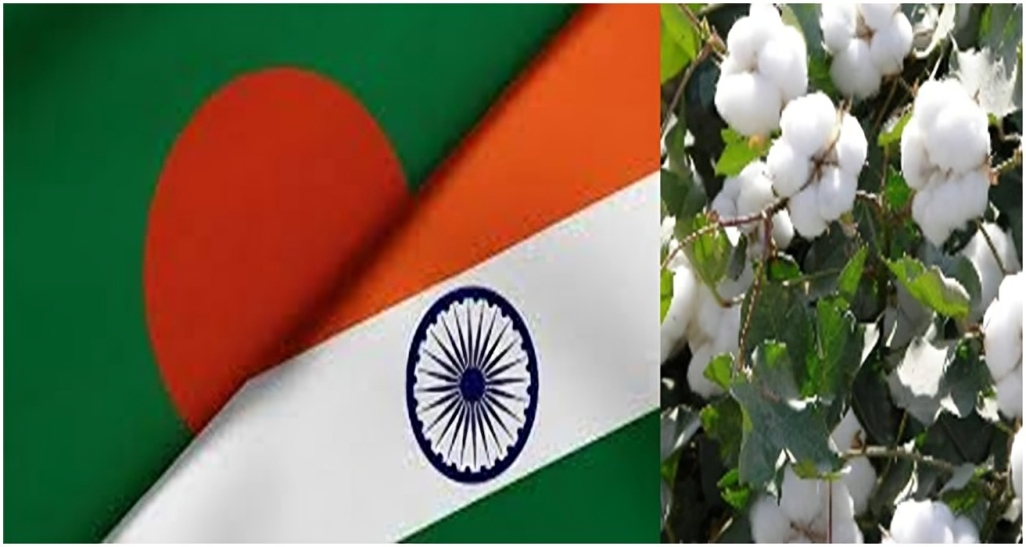
As global supply chains become more competitive and lead times shrink, Bangladesh's reliance on Indian imports has surged, reflecting a strategic shift in its sourcing practices. Local manufacturers and industries, struggling to maintain their competitive edge, increasingly turn to India for raw materials, especially cotton, yarn, and fabrics, to meet the tight deadlines set by international retailers and brands.
The numbers tell the story: Bangladesh Bank data reveals that imports from India rose by 2.09 percent to $2.36 billion in the October-December quarter of 2024, compared to $2.04 billion in the same period the previous year. The total import value from India stood at $9 billion in FY24, showing a steady demand, though slightly lower than the $9.94 billion recorded in FY23. In just the first six months of the current fiscal year, imports from India hit $4.41 billion, and given the ongoing trend, the final figures may surpass last year’s tally.
Among the most-imported items, cotton remains king. Bangladesh, which sources over $3 billion worth of cotton annually, received more than half of it from India. In FY24 alone, Indian cotton imports rose to $2.36 billion from $1.92 billion in FY23. Other essential imports include cotton yarn, fabrics, handloom products, and industrial chemicals, all crucial for Bangladesh’s thriving textile industry.
The shift towards Indian imports is not only a result of cost-effectiveness but also logistics. While raw materials sourced from Africa, Latin America, or the US can take up to 45 days to reach mills in Bangladesh, Indian cotton arrives in just two to three days, ensuring uninterrupted production. Given that international brands have halved their lead times from 90 days to 45 days, this efficiency is crucial for Bangladeshi manufacturers.
The rise in formal trade has also contributed to the growing import numbers. Enhanced border security and improved trade mechanisms have significantly reduced informal trade routes, leading to more streamlined transactions through land, rail, air, and sea ports. According to Md Abdul Wahed, joint secretary general of the India-Bangladesh Chamber of Commerce and Industry, trade between the two nations now occurs through 24 land ports and three rail ports, alongside seaports and airports, facilitating seamless transactions.
However, despite the robust import relationship, Bangladesh has not been able to capitalize on its duty-free trade benefits with India. The country’s exports to India have declined, with the Export Promotion Bureau (EPB) reporting a drop to $1.56 billion in FY24 an 11.63 percent decrease from $1.77 billion in the previous fiscal year. This decline highlights a pressing need for Bangladesh to diversify its export basket and strengthen its trade presence in India.
Experts emphasize that India’s geographical proximity, cultural ties, and linguistic familiarity make it a natural trade partner for Bangladesh. However, the nation must strike a balance between dependence and diversification to sustain long-term economic growth.
01:34 PM, Apr 01
Other Related Topics


Foreign Buyers Forge New Ties at UP International Trade Show
04:21 PM, Sep 30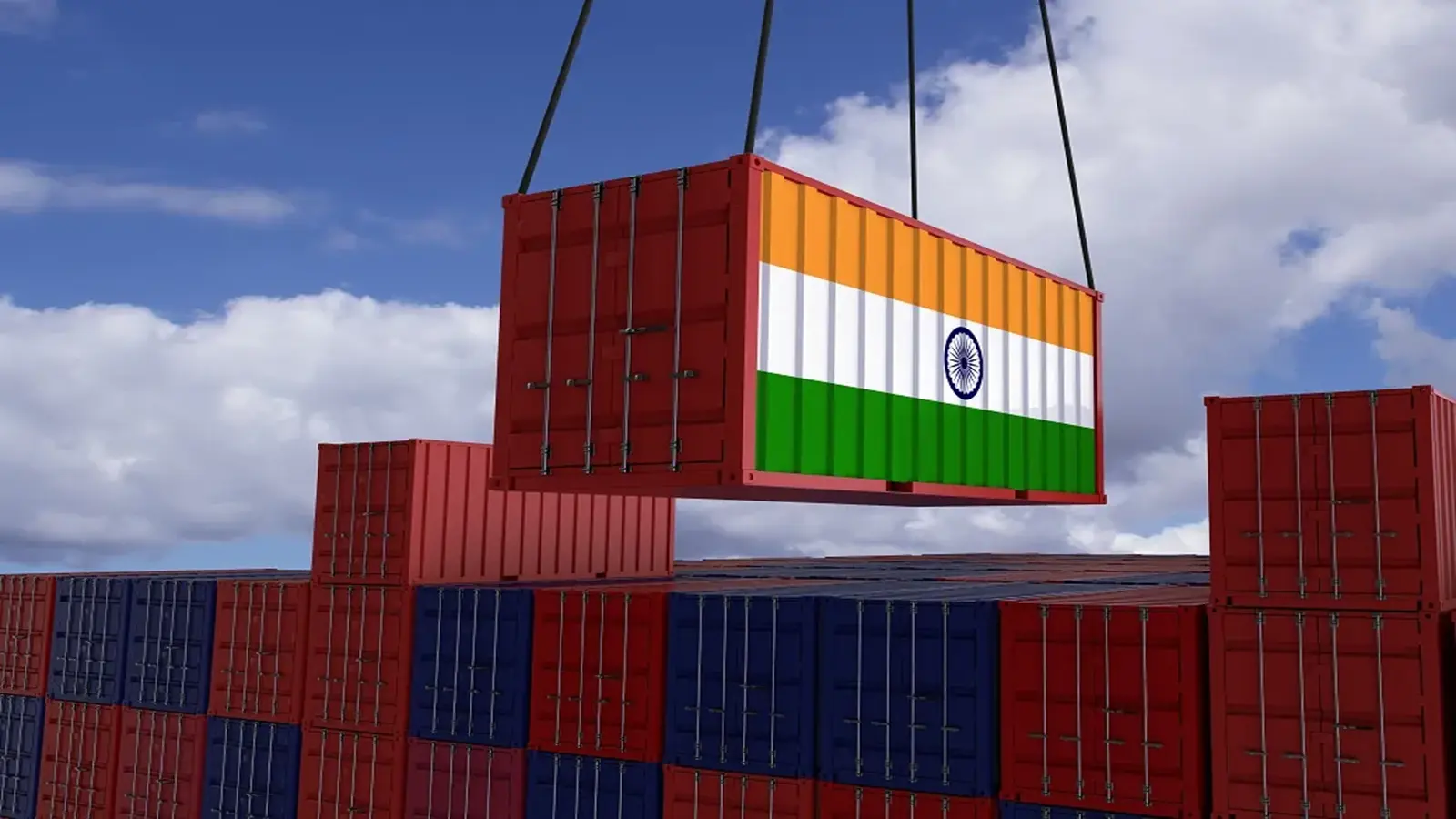
Government Extends RoDTEP Export Incentive Scheme Until March 2026
03:35 PM, Sep 30
Motilal Oswal Backs Kusumgar to Power Growth in Engineered Fabrics
03:09 PM, Sep 30Industry Update

Indorama Ventures Pioneers Scalable Bio-Based PET Fibers for a Low-Carbon Textile Future...view more

Carrington Textiles Introduces Defence Stock Range for Faster Access to Military Fabrics...view more







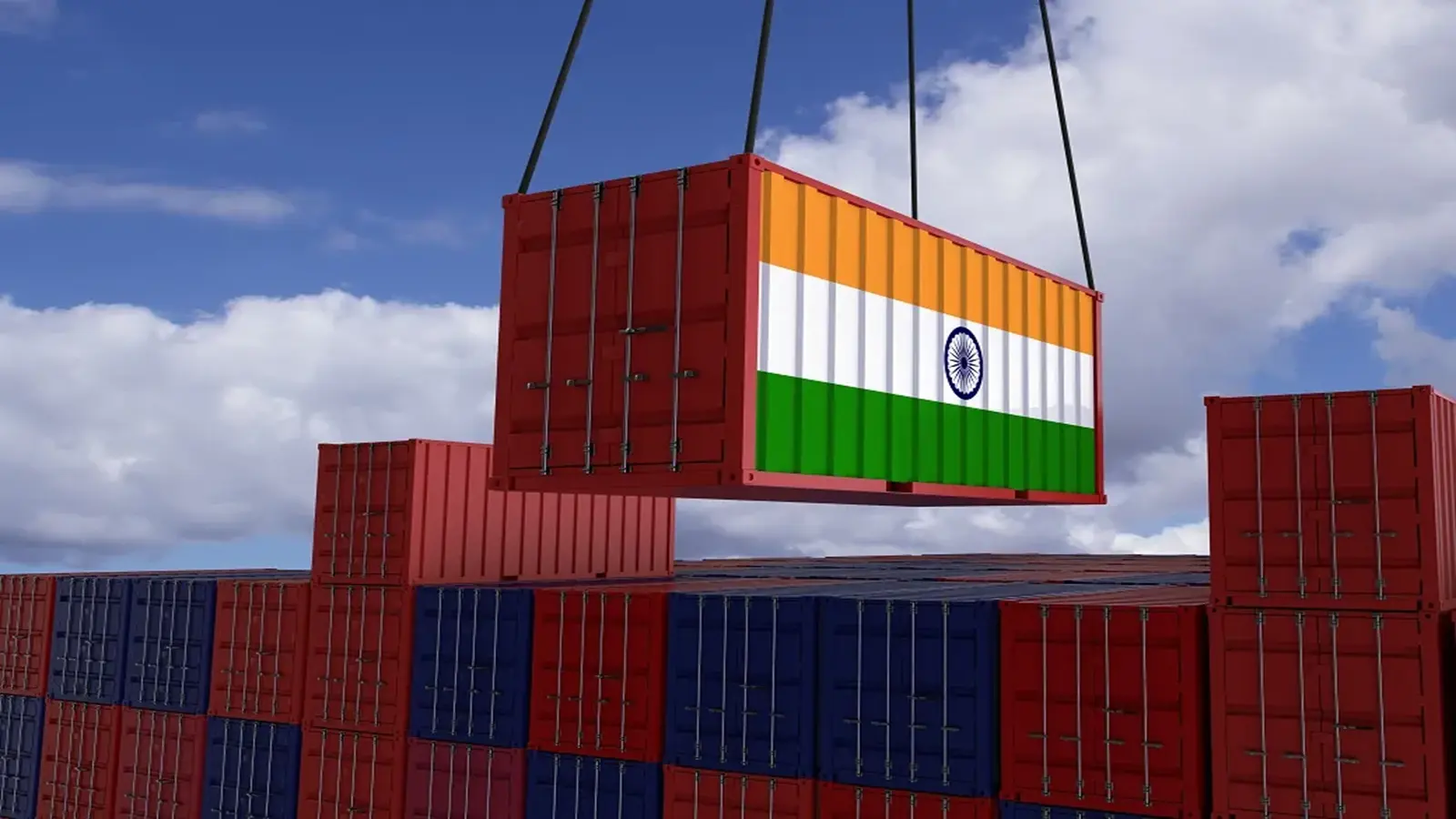

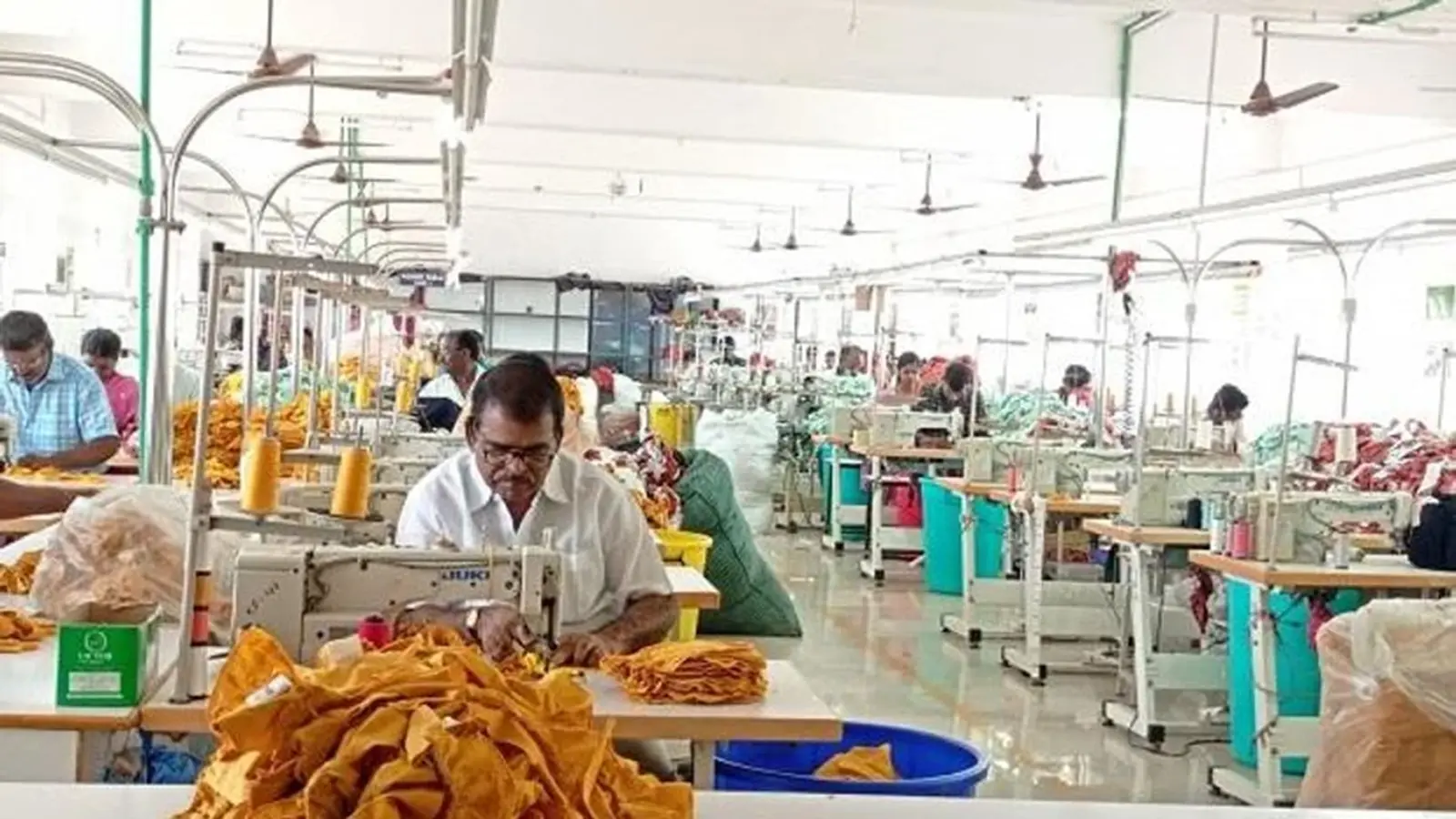
.webp)



1.webp)


1.webp)

1.webp)



































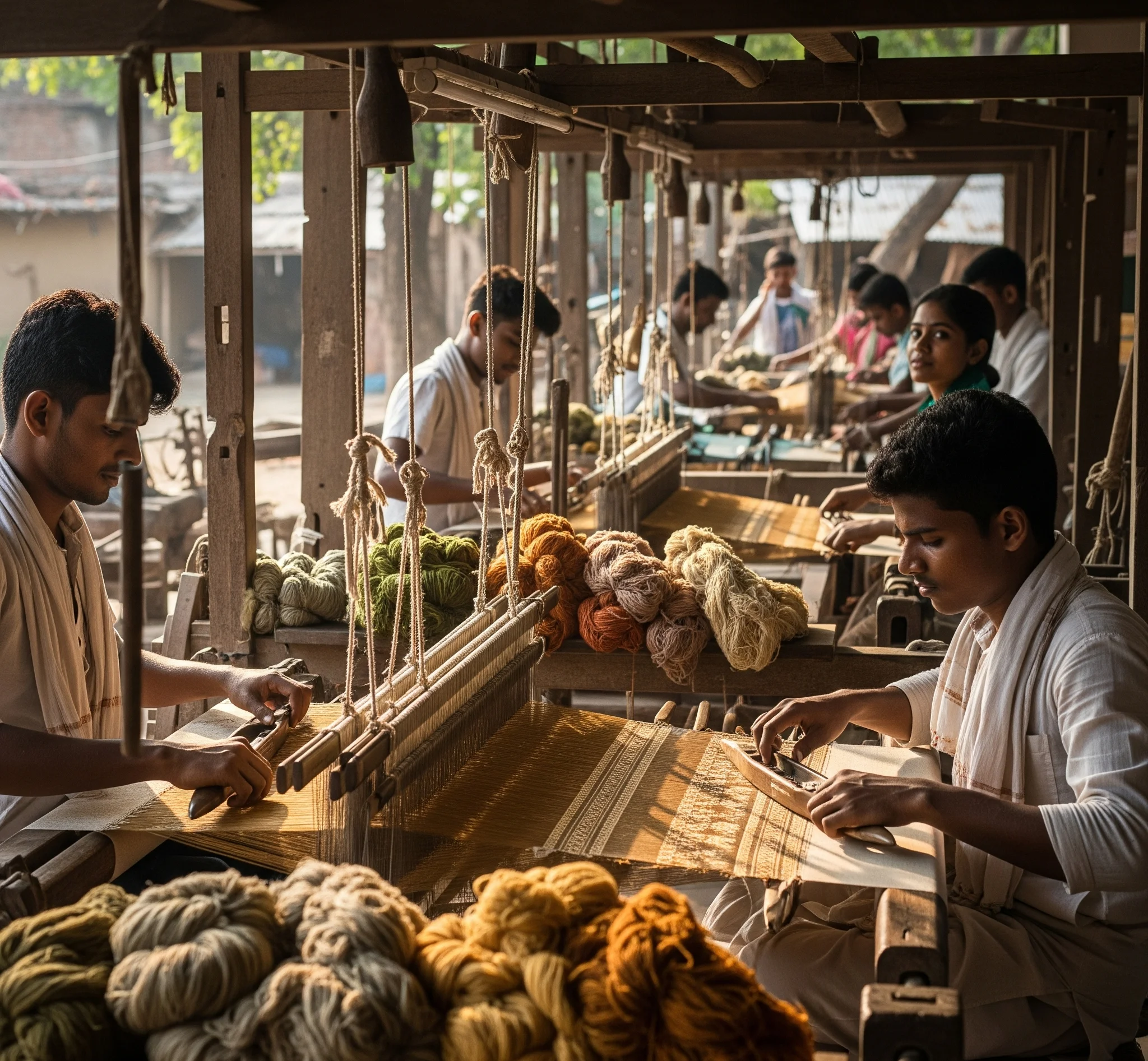





1.webp)



1.webp)
1.webp)


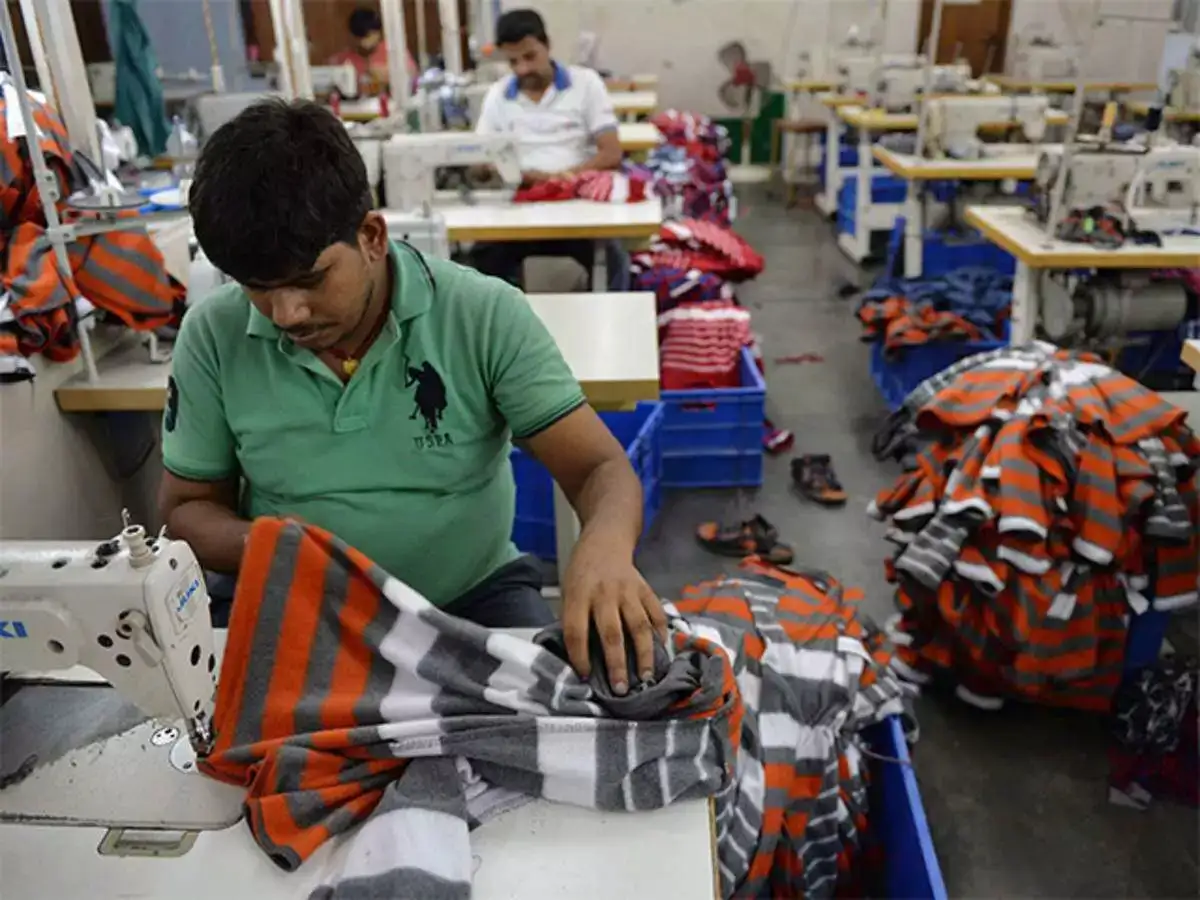




















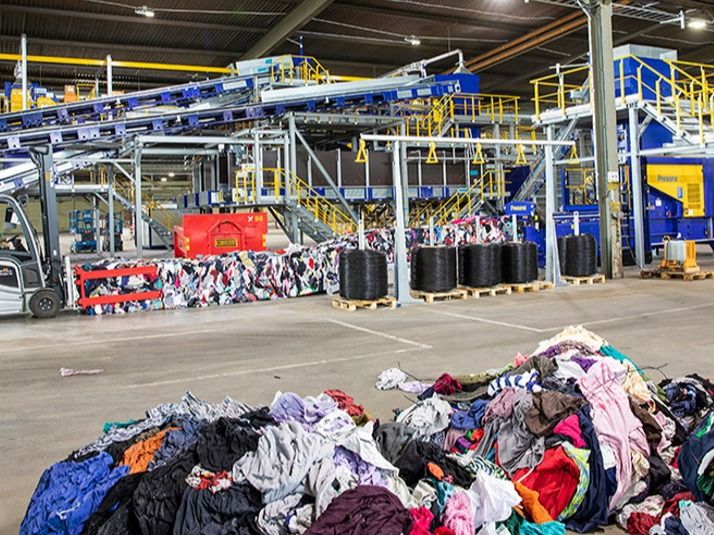



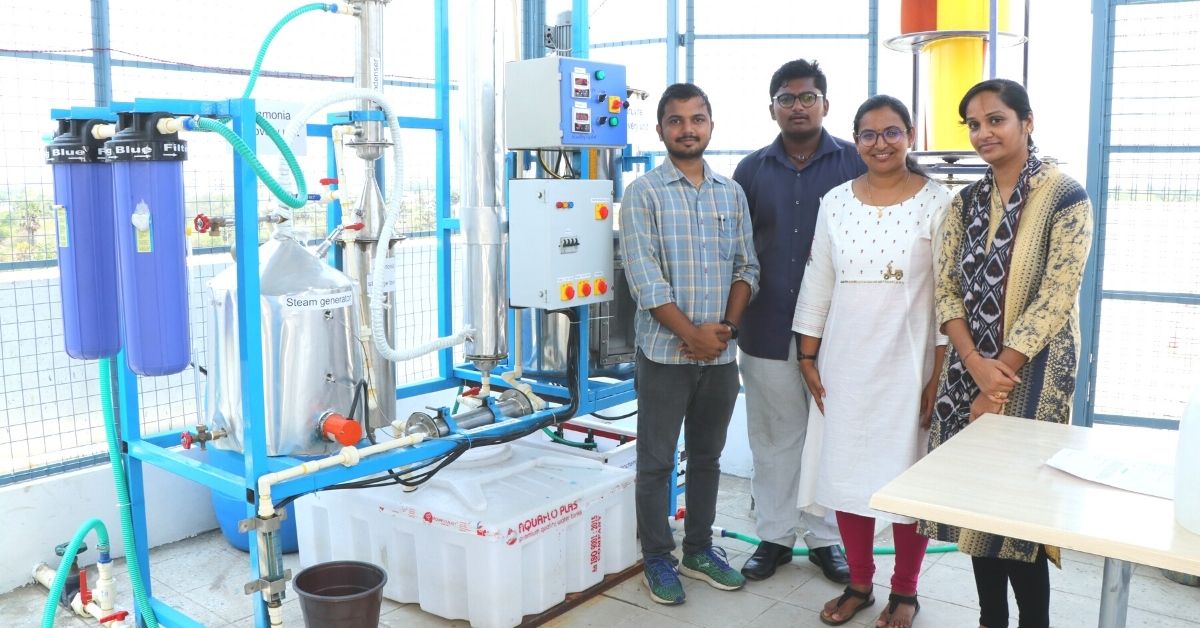


















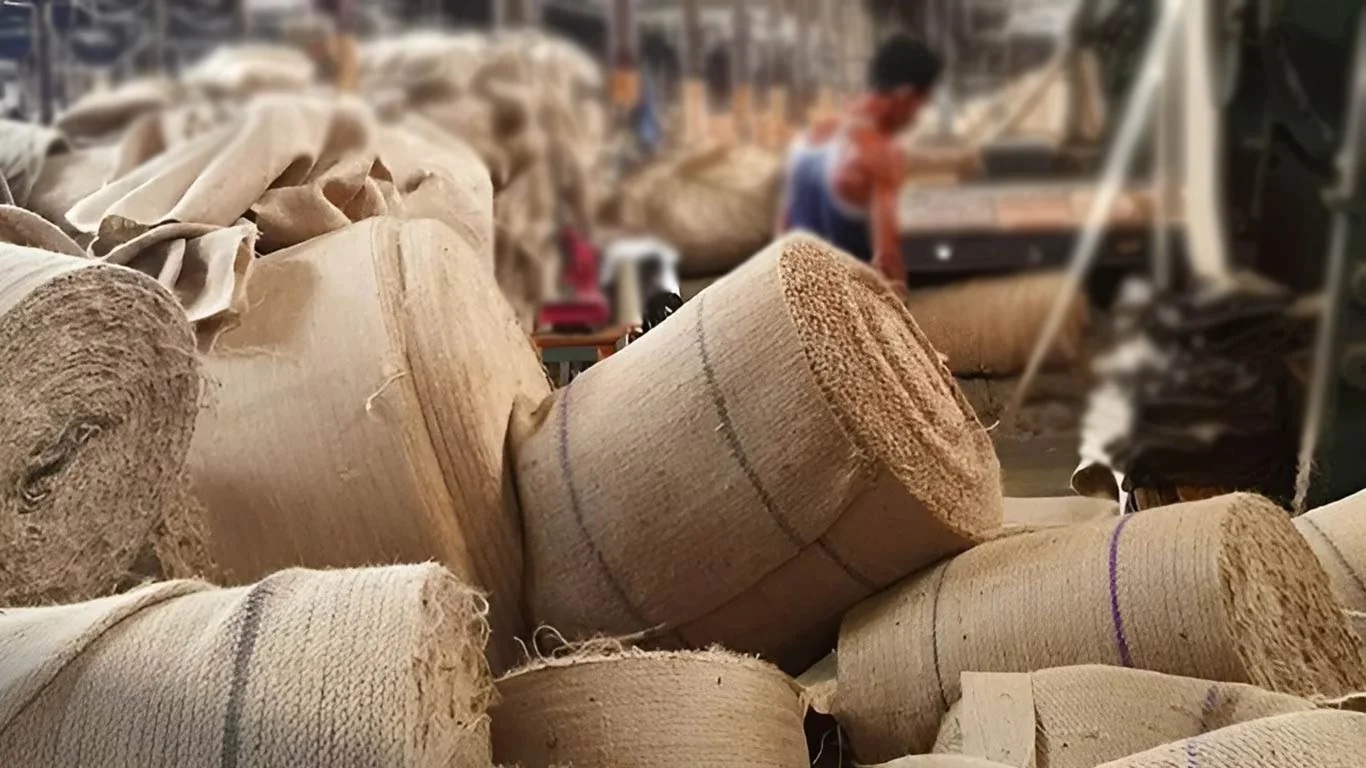


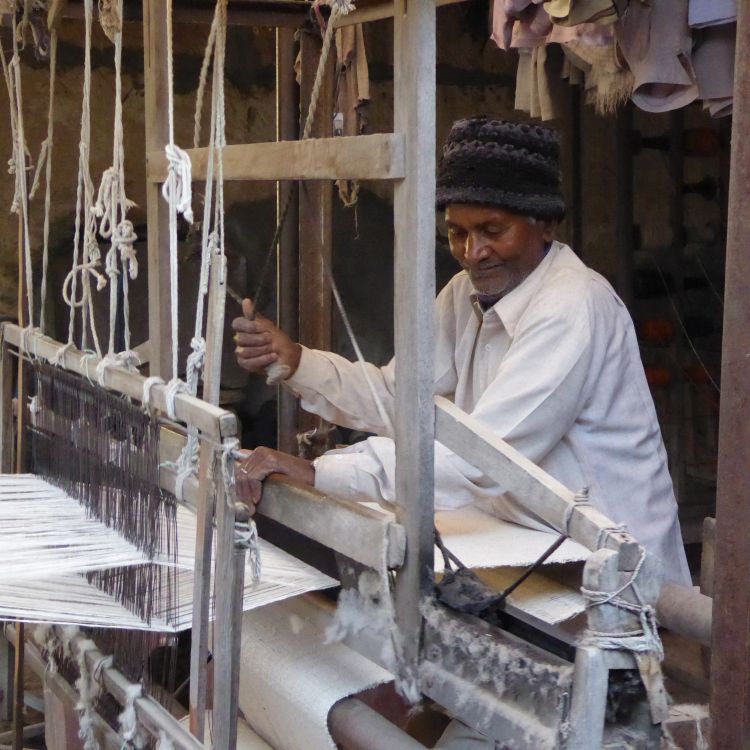

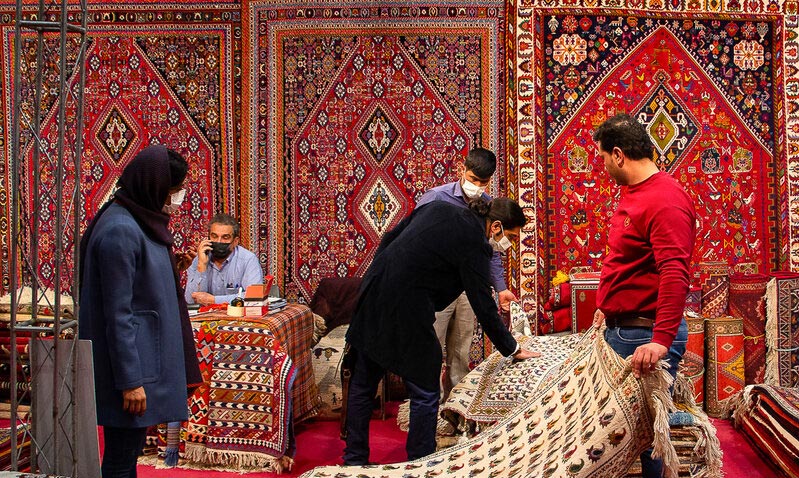














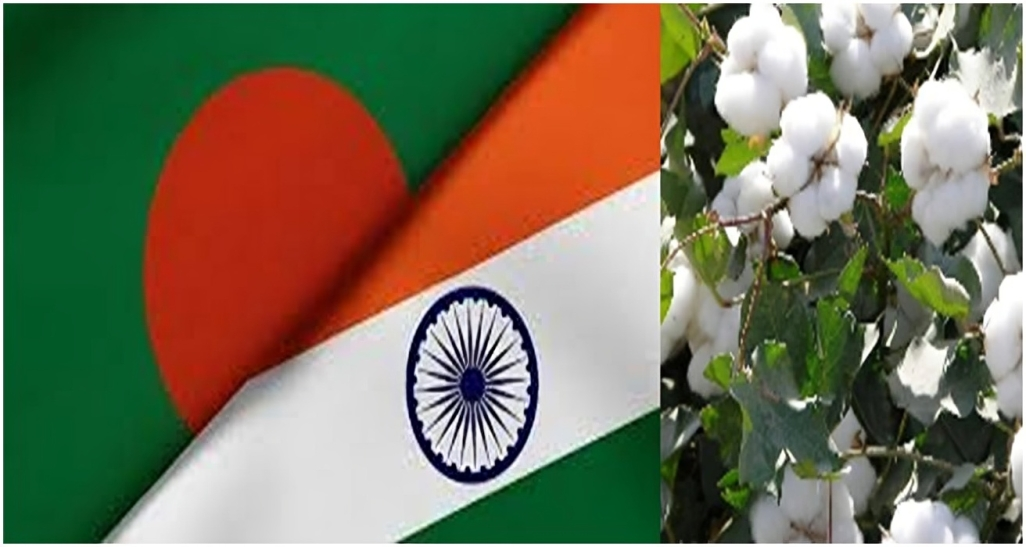
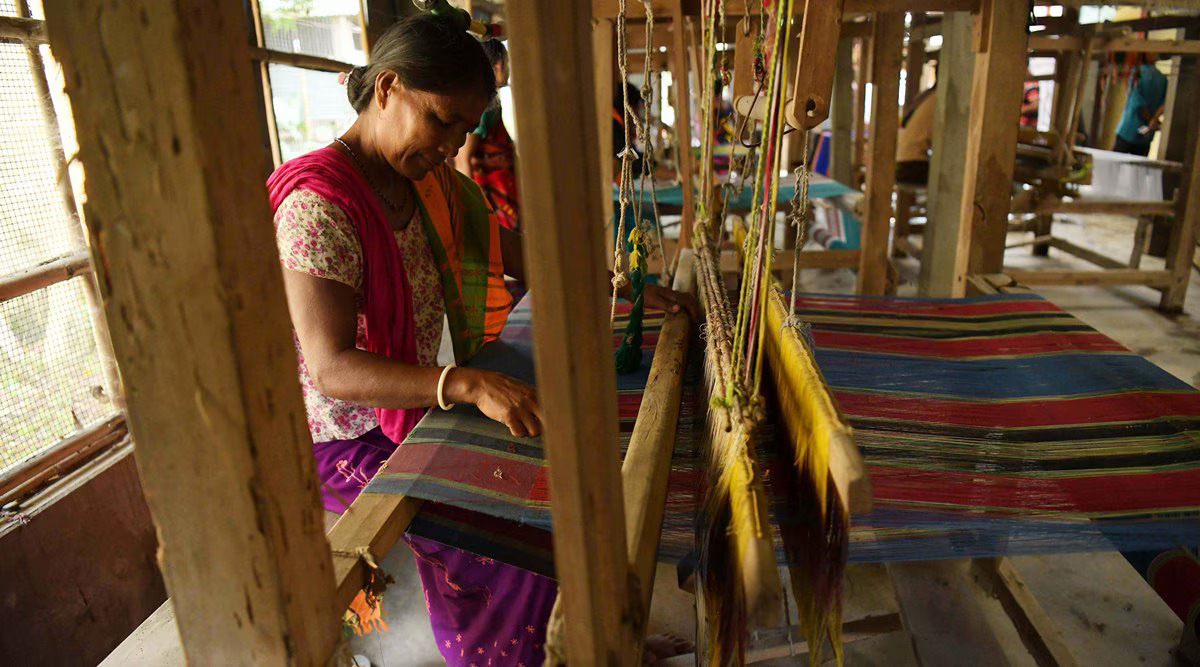


























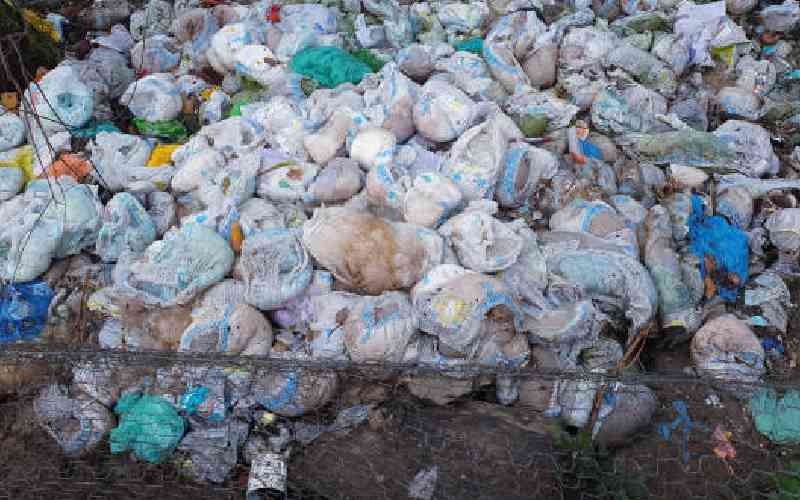











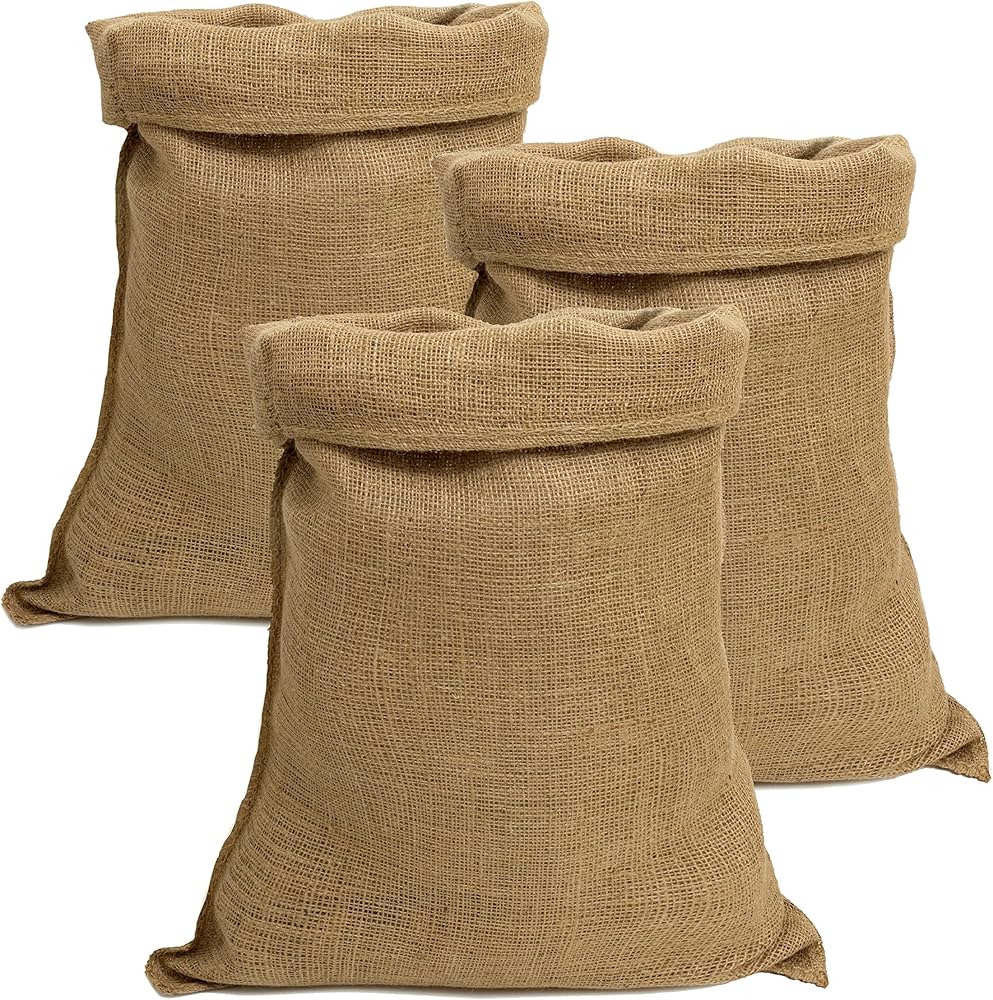










.png)











.jpg)
.jpg)
.jpg)











1.jpeg)